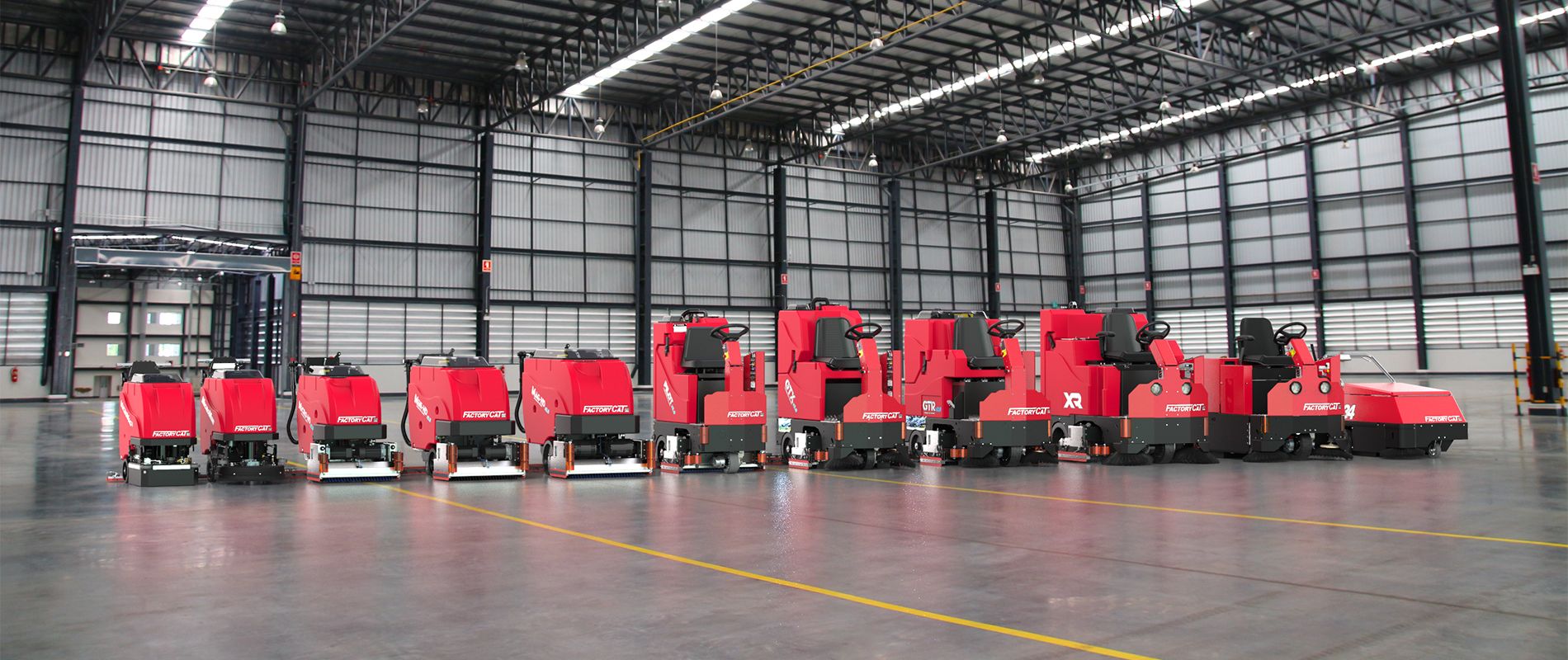
Maintaining clean and well-maintained floors is crucial for any facility, be it a commercial building, warehouse, or healthcare facility. One effective way to achieve this is by investing in a quality floor scrubber. However, with a plethora of options available in the market, choosing the right floor scrubber can be a daunting task. In this blog post, we will provide you with some valuable insights on how to choose the best type of floor scrubber for your facility. Or, if you'd like to find your perfect cleaning machine by taking a very brief survey, just click here.
Determine your Facility's Needs:
Before diving into the world of floor scrubbers, it is essential to understand your facility's unique cleaning requirements. Consider the size of the area that needs to be cleaned, the type of flooring you have (concrete, tile, or hardwood), and any specific challenges your facility may present (such as obstacles or irregular surfaces).
Analyze Different Types of Floor Scrubbers:
There are various types of floor scrubbers available, each designed for different cleaning tasks and facility sizes. The most common types include:
- Walk-Behind Floor Scrubbers: These are versatile and suitable for small to medium-sized areas. They are typically maneuverable, easy to operate, and come in different widths and cleaning capacities.
- Ride-On Floor Scrubbers: Ideal for larger facilities, ride-on scrubbers offer increased productivity and reduced operator fatigue. They are equipped with a larger tank capacity and wider cleaning path, making them more efficient for extensive floor areas.
- Autonomous Floor Scrubbers: The latest innovation in floor cleaning technology, autonomous scrubbers can operate without human intervention. They employ advanced sensors and navigation systems to clean floors autonomously, making them ideal for large-scale facilities with repetitive cleaning requirements.
Consider Key Features:
When evaluating different floor scrubbers, pay attention to the following features that can significantly impact their performance:
- Brush Type: Different floor surfaces require specific brush types. Soft brushes are suitable for delicate surfaces like hardwood, while abrasive brushes are more effective on tough stains and industrial floors.
- Tank Capacity: Consider the size of the water and solution tanks in relation to the area you need to clean. Larger tanks will reduce downtime for refilling and enable longer cleaning cycles.
- Battery Life and Charging Time: If you opt for a battery-powered floor scrubber, assess the battery life and charging time. Longer battery life ensures uninterrupted cleaning, while shorter charging times lead to increased productivity.
- Maneuverability and Accessibility: Evaluate the floor scrubber's maneuverability, turning radius, and ability to reach tight spaces or corners. These factors are crucial for efficient cleaning in complex floor layouts.
- Noise Level: If noise is a concern in your facility, look for floor scrubbers that operate quietly. Low-noise machines are suitable for noise-sensitive environments like hospitals or office spaces.
Seek Expert Advice and Demo Opportunities:
To ensure you make an informed decision, consult with industry experts or reputable suppliers, like Wisconsin Scrub & Sweep. They can provide valuable insights, recommend suitable models based on your facility's needs, and even offer live demonstrations to evaluate performance and ease of use.
Choosing the best floor scrubber for your facility requires careful consideration of your specific cleaning needs, analysis of different types of scrubbers, and assessment of key features. By following these guidelines and seeking expert advice, you can invest in a floor scrubber that improves cleanliness, productivity, and the overall appearance of your facility. Remember, a well-maintained floor contributes to a safer and more welcoming environment for everyone who enters your facility.
